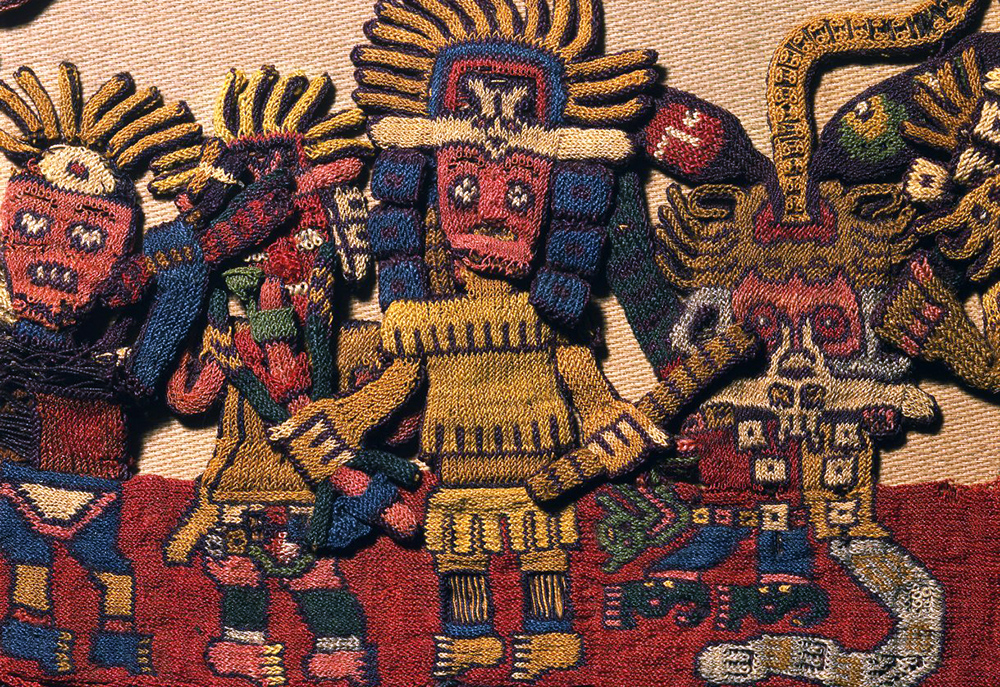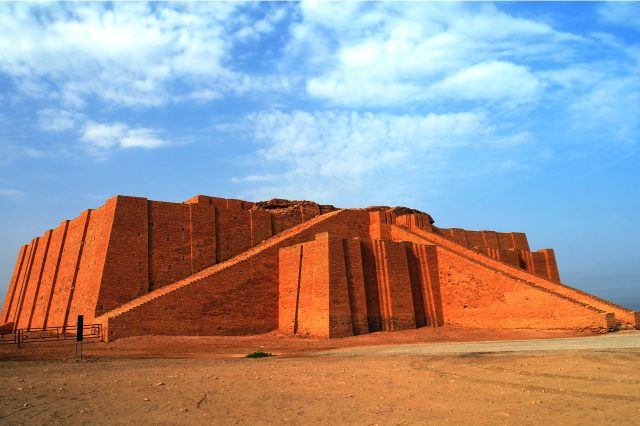The Paracas Culture has been an enigma since the discovery of the Great Paracas Necropolis exactly 100 years ago. Most people know this civilization by the shape of their skulls but did you know that research from 2014 confirmed that the members of the Paracas Culture were not part of our human species?
The culture of Paracas was one of the first complex societies known in South America. Its name comes from the Quechua word para-ako, which means “falling sand like rain”. In the 1920s, archaeologists discovered the great Paracas necropolis on the Pacific coast of the south-central Andes which became the greatest source of information about this ancient civilization.
1. The Paracas Culture existed from around the 10th century BC
Experts disagree on the exact period during which the Paracas culture thrived. Some say that their existence spanned throughout a much longer period but the generally accepted theory is that they flourished between 900 and 100 BC.
2. This civilization is mostly known for the mysterious shape of their skulls

You have, undoubtedly, seen or heard about the unusual shape of the skulls of members of this civilization found in the Paracas Necropolis. Although similar elongated skulls have been found in different regions around the world, none share the same characteristics as the ones found in the necropolis.
3. People from the Paracas Culture had a 25% larger brain than a normal human being
As I mentioned above, a comparison with similar skulls found in Egypt, Mexico, Malta, Syria, and many other places is impossible. While in these cultures the size of the skull did not change the quality of the brain, in Paracas skulls, the brain was 25% larger than the average human brain and 60% heavier.
This led scientists to conclude that the shape of the head of the ancient people of the Paracas culture is not the result of deliberate bone deformation as we see in other regions of the Earth, where it is a tradition to lengthen the skull with tight bandages.
4. Experts believe that the Paracas Culture was not part of our Homo Sapiens species
In 2014, Juan Navarro, owner, and director of the Paracas History Museum allowed hair, teeth, bones, and skin to be sampled from 5 skulls. For the purity and reliability of the analysis, the experts in the laboratory are not told exactly what material is given to them for examination.
According to the expert’s conclusion, “mitochondrial DNA with mutations not previously found in humans or primates” was found in the samples. In other words, the owners of the elongated skulls are not Homo Sapiens and they definitely do not come from monkeys.
Scientists also rule out options such as “accidental mutation” and believe that 3,000 years ago, there was a large tribe of human-like creatures in southern Peru that had no biological relationship to humans.
5. Scholars believe that the additional size of the brain meant additional capabilities and power
Have you ever asked yourself what powers we would possess if we used the entire capacity of our brains? If not, scientists have definitely given it a serious thought and in the case of the Paracas culture, they believe that the members of this civilization truly had special abilities.
6. Paracas Textile Art
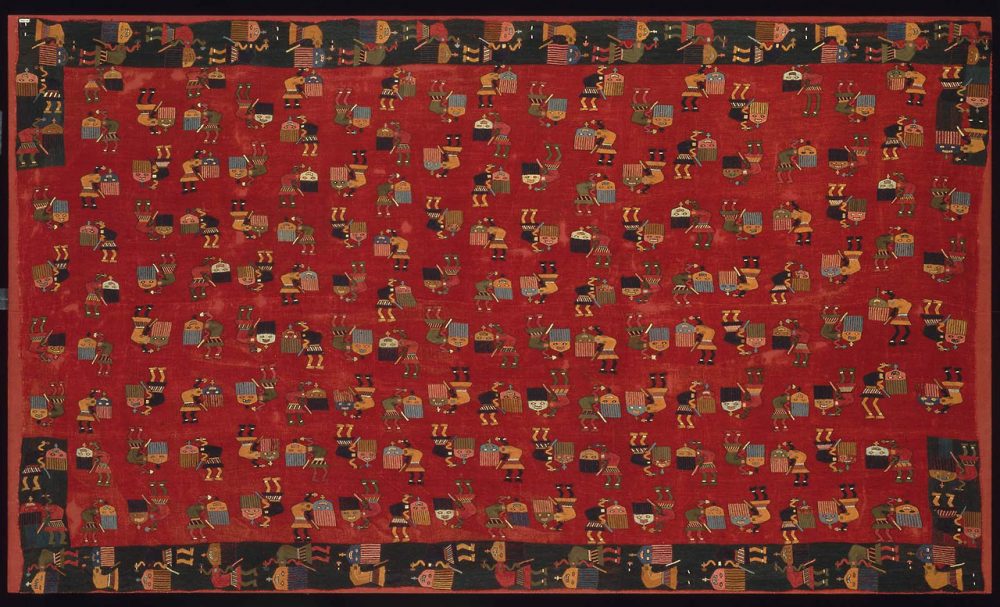
Archaeologists discovered incredible textiles made by the Paracas culture and I have to say – they are exquisite. Their craftsmanship was extraordinary and evident in the tenths of meters of textiles in museums today.
Almost all textile pieces are entirely covered in embroidery and experts have divided their art into two styles – block color and linear. Most examples we have today also include illustrations of people and all kinds of animals as embroidery.
The linear style characterizes by consistent embroidery that runs across their fabric in lines using four main colors while the block color style characterizes by well-emphasized illustrating motifs including many images.
7. Paracas Ceramics
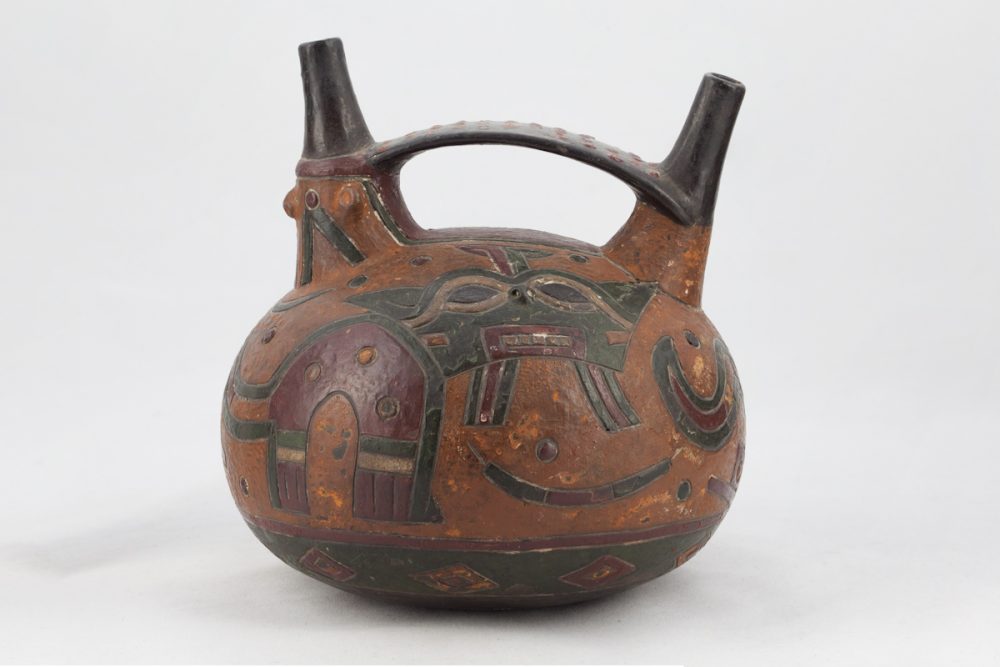
Ceramics are another cultural aspect that the Paracas advanced in. Most ceramics by the Paracas culture are black and in most cases, egg-shaped. Scholars believe that they drew their influence from another Andean civilization – the Chavin culture. Other types of ceramics were also found in the necropolis but experts believe that they were exported due to their difference from the usual Paracas style.
8. The Paracas Culture crafted numerous other objects
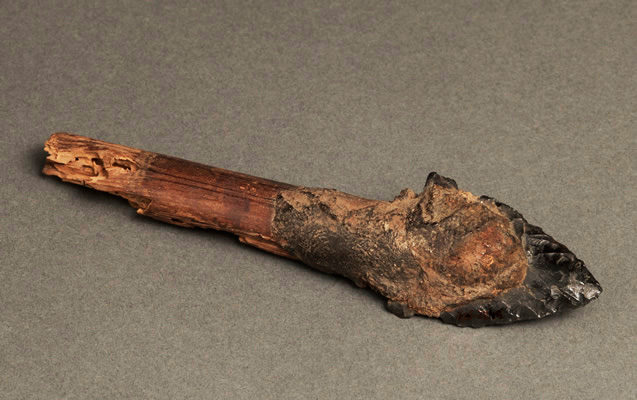
Apart from ceramics and textiles, the Paracas culture processed all kinds of other materials and made all kinds of everyday objects. I can give several examples – obsidian knives, bottles, and dishes made of pumpkin shells, necklaces and other jewelry with gold ornaments, and much more.
9. The Paracas must have had grand burial rituals, evident from the Paracas Necropolis
More than 300 hundred graves were discovered in the Paracas Necropolis, apparently buried with honors and rituals. Most skeletons were dressed in layers of clothing while several, perhaps noble or rich people, were buried with finely embroidered textiles and jewelry.
10. It is unclear what brought the end of the Paracas Culture
Why and how the Paracas Culture disappeared will likely never be discovered. Some theories suggest that the neighboring Topara Culture invaded and obliterated them. Others give the same suggestion but with another civilization that thrived later on and is considered a descendant of the Paracas – the Nazca culture. One thing is for certain – the elongated skulls disappeared with the Paracas culture which means that this civilization simply vanished.
Join the discussion and participate in awesome giveaways in our mobile Telegram group. Join Curiosmos on Telegram Today. t.me/Curiosmos

